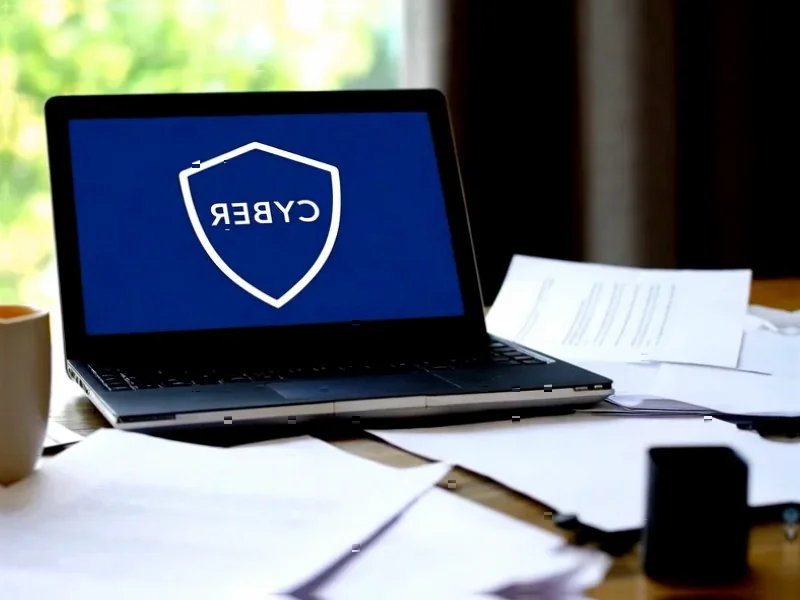According to DCD, telecom infrastructure attacks have become so severe that industry leaders are calling it an “epidemic” and “domestic terrorism.” Bell Canada reported 2,270 copper thefts since 2022, with incidents increasing 23% year-over-year across Canada and 700 cases already this year. In the US, Protect Critical Communications Infrastructure documented nearly 6,000 intentional vandalism incidents in just six months, including a $500,000 cell tower collapse in Oklahoma and $330,000 in battery thefts from T-Mobile sites. Charter Communications suffered multiple fiber cuts that disrupted military bases, 911 services, and emergency communications, labeling these attacks as domestic terrorism. The problem is costing companies millions and pulling engineers away from critical fiber rollout projects.
The copper black market is driving this madness
Here’s the thing about copper theft – it’s basically a perfect storm of high metal prices and low risk. Bell Canada’s David Joice says they don’t catch most thieves, and the black market keeps demand high. People aren’t just stealing copper – they’re finding willing buyers who don’t care where it came from. Analyst Chris Antlitz makes a great comparison to catalytic converter thefts from Prius cars. When materials get valuable enough, the payoff becomes worth the criminal effort.
But here’s what’s really concerning: we’re talking about critical infrastructure here. These aren’t victimless crimes. When someone steals copper cables or topples a cell tower, they’re cutting off emergency services, disrupting 911 communications, and putting vulnerable people at risk. Bell mentions welfare cases where elderly or disabled customers lose connectivity for weeks. That’s not just inconvenient – it’s dangerous.
Even fiber isn’t safe from the chaos
Now you’d think fiber networks would be safer since there’s no valuable copper to steal. But Charter Communications discovered that’s not how this works. Criminals are cutting fiber lines looking for copper, not finding any, but causing massive damage anyway. Their LA incident took out 13 cables and 2,600 individual fibers. In Missouri alone, Charter logged 148 criminal attack-related outages by June.
So why keep attacking fiber if there’s no payoff? Some of it’s just ignorance – thieves not knowing the difference between copper and fiber. But some attacks are motivated by pure vandalism or even conspiracy theories. Remember the whole “5G causes COVID” nonsense? Apparently that’s still happening in places like Belfast. Ineke Botter, who’s run telcos in conflict zones, says social media misinformation needs to be “nipped in the bud” before it spirals.
We’re not winning this fight
Joice at Bell Canada admitted something pretty telling: “It seems like we’re not winning that battle.” And he’s right. Despite working with law enforcement on every case, the vast geography of countries like Canada and the US makes protection nearly impossible. Rural areas are particularly vulnerable because response times are slower and surveillance is minimal.
Openreach in the UK says these attacks are actively slowing down their fiber build-out. Engineers who should be expanding networks are instead repairing vandalized infrastructure. That means fewer homes get connected to faster internet, and the digital divide keeps growing. Basically, we’re all paying the price for this through slower network upgrades and higher costs that eventually get passed to consumers.
The really scary part? When Charter calls this “domestic terrorism,” they’re not exaggerating. Cutting off military bases, emergency services, and financial institutions during attacks isn’t just vandalism – it’s threatening national security. And with no easy solution in sight, this problem seems likely to get worse before it gets better.




